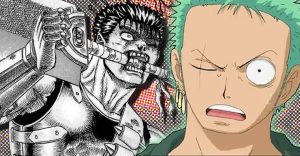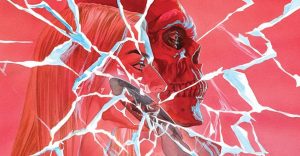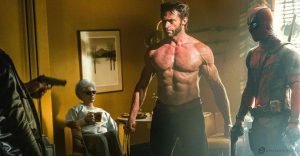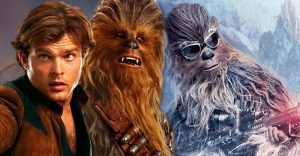Why Nick All-Star Brawl Succeeds Where PlayStation’s Smash Clone Failed
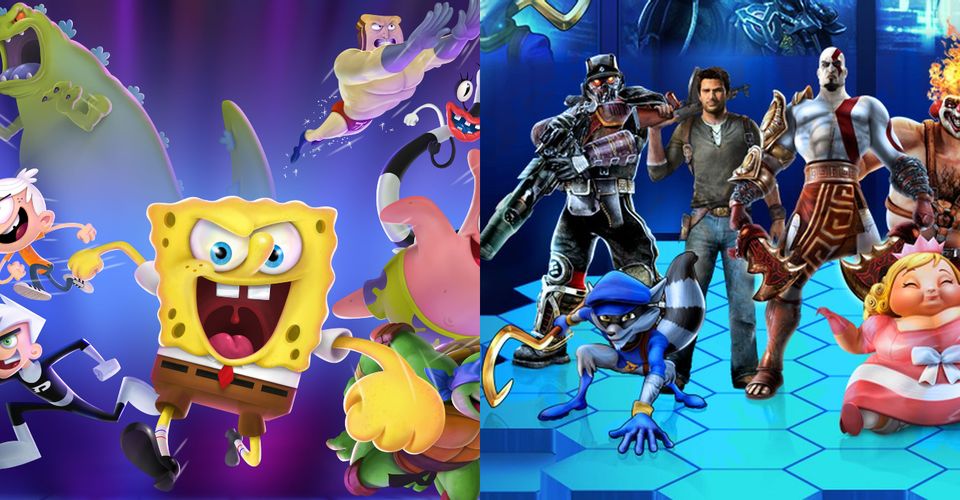
Nickelodeon All-Star Brawl‘s release places itself directly in the shadow of its larger inspiration, yet the new release is able to hold its own in a way that doesn’t always happen with games that take such direct inspiration. Inspired by Super Smash Bros., Nickelodeon All-Star Brawl takes characters from Nickelodeon’s various properties and places them in a platforming fighting game similar to its aforementioned influence. While games like PlayStation All-Stars Battle Royale tried to recapture the magic of Nintendo’s innovative brawler, Nickelodeon and GameMill Entertainment’s attempt highlights areas where Sony’s attempt with SuperBot Entertainment failed.
Video games within the same genre can take inspiration from one another. In some cases, these titles attempt to chase what made their inspiration work as well as it did without a consideration as to what precisely worked in its favor. Games like Mighty No. 9 sought to chase the greatness of its predecessor, Mega Man, and in doing so, players can see where the title’s flaws are accentuated in comparison to the success of the Capcom’s 2D platformer. PlayStation All-Stars Battle Royale‘s previous attempt at doing so in the platform fighter genre space fell into a similar trap in its design, chasing the Smash formula while displaying a misunderstanding on how the formula worked.
At the Game Devs of Color Expo 2021, game designer Cam Perry held a panel discussing how bad games comes from games that are chasing the success of better titles. The panel, titled Bad Media Has Better Ideas, breaks down numerous examples within different forms of media on how one thing may inspire the creation of another. However, though the inspiration is there, without truly understanding what made the title good in the first place, the new creation is likely to fall into pitfalls during the course of development, resulting in a title underachieving compared to the lofty heights of the original. The development of Nickelodeon All-Star Brawl shows an understanding of its genre that Sony’s brawler could not seem to grasp.
Nickelodeon All-Star Brawl And Its Understanding of Smash

Nickelodeon All-Star Brawl showed an intrinsic understanding of the Super Smash Bros. formula from the onset. All-Star Brawl’s character moveset reveals leaned into the utility of the moves, showcasing them in a manner that players both familiar and unfamiliar with fighting games could grasp. The biggest hint of GameMill’s understanding, however, comes from the in-depth explanations with terms such as zoning and wavedashing being used to describe the techniques. The use of such terminology showed a fundamental identification with the genre right down to some more advanced techniques, assuring players that the characters would feel balanced around those techniques in ways similar to Smash Bros.
The roster of Nickelodeon All-Star Brawl would see a similar treatment as it would pull characters from Nickelodeon’s franchises over disparate time periods. By sticking within Nickelodeon’s own history, the roster saw a variety of characters from its past like Helga from Hey Arnold! as well as more recent favorites such as Aang, Korra, and Toph of Avatar fame. Drawing its roster from even obscure parts of its own history with characters like Oblina mirrors Nintendo’s tendency to do the same with Super Smash Bros. roster choices. The main form of combat in Nickelodeon’s brawler also borrows heavily from Nintendo’s initial foray.
The primary manner of defeating opponents in Nickelodeon All-Star Brawl is likewise similar to Smash. Players build damage up against their opponent in order to make it easier to launch their foe off the stage. By sticking with what worked, the game could be balanced around the mechanics and gameplay innovations that had already been practiced and perfected over Nintendo’s iterations of Super Smash Bros through the years. GameMill’s attempt at keeping to Smash‘s established formula seemed to show a full understanding of what worked while highlighting where PlayStation All-Stars Battle Royale may have fumbled years prior.
Why Bad Games Come From Copying Good Ideas

Speaking with Screen Rant, Cam Perry likened the release and failure of PlayStation All-Stars Battle Royale to the DC Extended Universe compared to the Marvel Cinematic Universe. Perry compared the situation to how the movies within the DCEU have faltered in comparison to the MCU, stating, “It’s one of those things where ‘Oh I see how successful X is doing. I want to do it but with my things – I want that now, so let’s just kinda cut corners and do it’, which then leads to subpar media.” In keeping with the MCU comparison, Perry highlights how Nintendo had many years to develop its mascots, building to the roster of Super Smash Bros. over time in a gradual way similar to the growth of Marvel’s Cinematic Universe. PSABR‘s haphazard roster and its gameplay changes from Smash further highlight a dissonance between the development of the title and the understanding of its success.
Unlike Smash before it and Nickelodeon All-Star Brawl after, players can only score eliminations in PSABR by landing a Super move. Perry spoke on PSABR‘s method of point-scoring as a prime example of where the development may have struggled around balancing, stating that it seemed as if they “didn’t think about how that affects gameplay,” and instead, SuperBot and Sony seemed focused on making a system that “was something new, something different, but with the same general idea.” Perry notes how the most fun they’ve had in Smash is “playing a stupid character when someone gets to a high [damage] percent, and then I accidentally fling them off the stage,” a feeling that’s missing entirely from PSABR, yet something that Nickelodeon All-Star Brawl managed to capture by keeping to the competitive Smash fighting formula in its own format.
By keeping itself in line with what had come before, Nickelodeon All-Star Brawl kept from falling into a pitfall of innovating for the sake of doing so, as PSABR had shown itself to do just that. Another title that had suffered a similar fate was Mighty No. 9, Keiji Inafune’s Kickstarter title meant to be a spiritual successor of Mega Man. Perry cited an issue with the game’s built-in Dash mechanic used to defeat and absorb enemies, noting how the mechanic “felt weird” when used on bosses and indicating that it “felt like something that was just applied to all enemies” without checking the balance on the bosses as a result of the developer focusing on making something new without checking if this was needed. Perry also mentioned the Kickstarter goals, stating the game “promised too much and couldn’t deliver on it” while also “losing sight of what it wanted to be.”
Games that share the same genre space can and will inevitably also share ideas, concepts, and even gameplay mechanics and inspirations. Some games more directly try to capitalize on the success of others within that space with varying results due to the mindset that goes into their development process. Perry mentions that, as time goes on, these games can be examined “through another lens” away from the games that seemed to directly inspire them and rather on its own merit. While PlayStation All-Stars Battle Royale may only have the benefit of retrospect to shed the image of being an inferior Super Smash Bros., Nickelodeon All-Star Brawl‘s time in the sun today provides a blueprint on how games can properly take inspiration from better games while learning from the mistakes of the past as those who do not learn from history are doomed to repeat it.
Special thanks to Cam Perry for speaking with Screen Rant and for their input and contributions to this article.
About The Author












